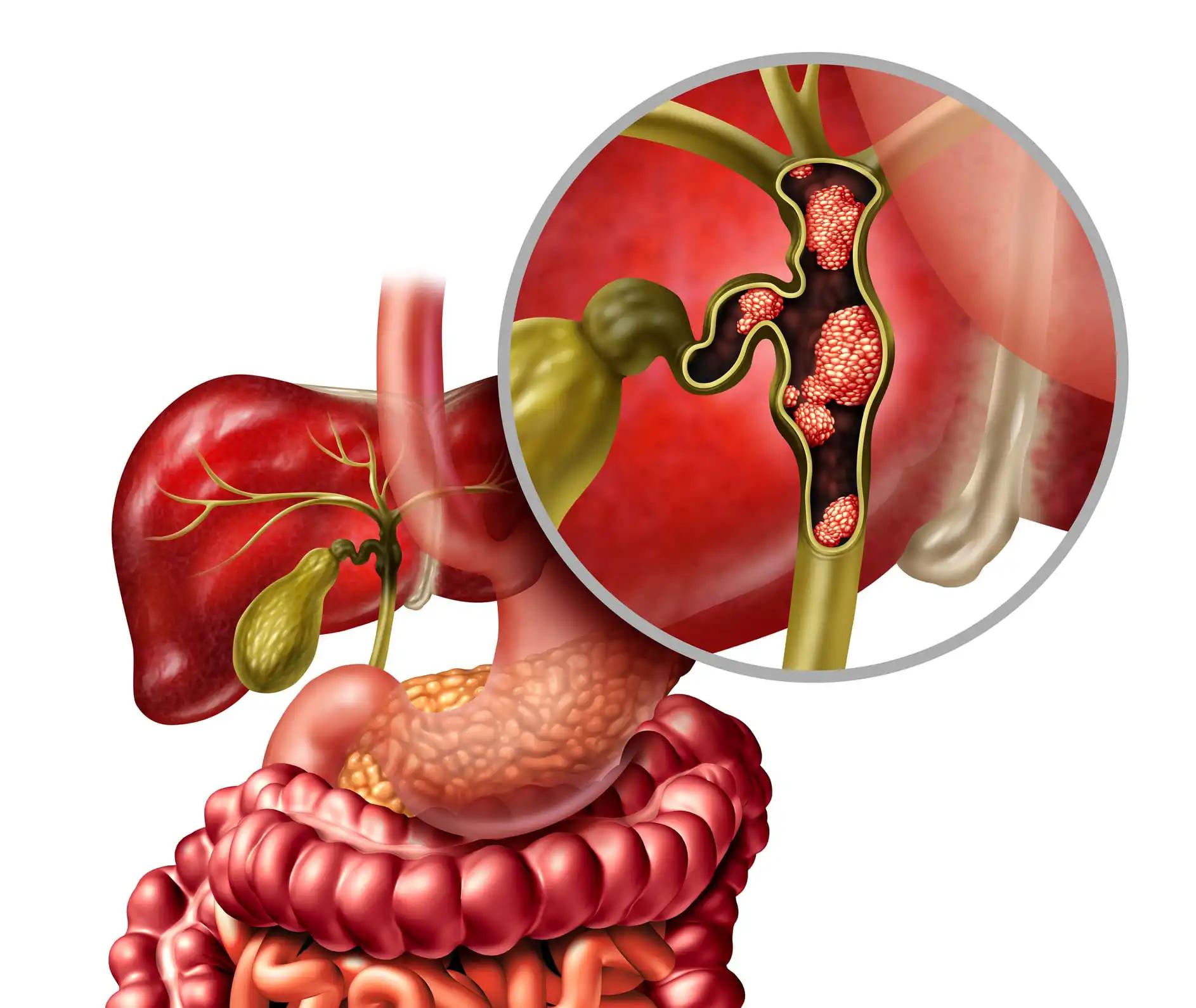KEY TAKEAWAYS
- A Phase 3 RATIONALE 305 study showed that TIS plus chemotherapy demonstrated durable antitumor activity as first-line treatment in Chinese GC/GEJC patients, with an interim analysis showing significant and clinically meaningful OS improvement in the PD-L1+ population.
- The study randomized adults with previously untreated, unresectable locally advanced or metastatic GC/GEJC, regardless of PD-L1 expression, to receive TIS plus investigator-chosen chemotherapy (ICC) or placebo plus ICC.
- The TIS+ICC group showed statistically significant and clinically meaningful improvement in OS, longer PFS, higher ORR, and more durable response than the placebo group, with TIS+ICC also resulting in better HRQoL for patients.
- While TIS+ICC had higher incidence rates of TEAEs leading to discontinuation of treatment, grade ≥3 TEAEs, serious TEAEs, and TEAEs leading to death were comparable between both arms.
- These data suggest that TIS+ICC is a new first-line treatment option for PD-L1+ patients with advanced GC/GEJC.
Tislelizumab (TIS), an anti-PD-1 monoclonal antibody, with chemotherapy showed persistent anticancer efficacy as 1L in Chinese GC/GEJC patients in a phase 2 research (Xu et al, 2020). Phase 3 RATIONALE 305 (NCT03777657) compared 1L TIS plus investigator-chosen chemotherapy (TIS+ICC) versus placebo plus ICC (P+ICC) in patients with GC/GEJC. Interim analysis (IA) results for the PD-L1+ population are reported, with results for the ITT population to follow after completion of the study.
TIS (200 mg IV Q3W) and ICC (oxaliplatin [130 mg/m2 IV Q3W] and oral capecitabine [1,000 mg/m2 BID, Days 1-14 Q3W] or cisplatin [80 mg/m2 IV Q3W] and 5-fluorouracil [800 mg/m2/day IV, Days 1-5 Q3W]) or P+ICC was given to adults with untreated, locally progressed or metastatic GC/ Region, PD-L1 expression, peritoneal metastasis, and intrahepatic metastasis all had roles in how participants were randomly assigned to treatment arms.
Those who were already known to be HER2-positive were not considered. The primary outcomes of RATIONALE 305 were overall survival (OS) in the PD-L1+ and ITT analysis set, with PD-L1+ defined as a PD-L1 TAP score of 5% (VENTANA SP263 test) as determined by a blinded independent central laboratory. Secondary objectives include progression-free survival, objective response rate, duration of response, health-related quality of life, and safety. Once roughly 70% of total OS events had occurred, the planned IA was executed.
Among a total of 546 PD-L1+ patients enrolled in 13 countries/regions (73.8% Asia; 26.2% Europe/North America), 274 were assigned to TIS+ICC and 272 were assigned to P+ICC. Both TIS+ICC and P+ICC have median follow-ups of 11.8 months as of 8 October 2021. Compared to P+ICC, TIS+ICC improved OS statistically and clinically significantly (HR 0.74 [95% CI: 0.59-0.94], mOS 17.2 vs 12.6 mo; 1-sided P=.0056). TIS+ICC exhibited a greater ORR (50.4% vs 43.0%), a longer PFS (mPFS 7.2 vs 5.9 mo; HR 0.67 [95% CI: 0.55-0.83]), and a longer-lasting response compared to P+ICC (mDoR 9.0 vs 7.1 mo).
The EORTC-QLQ-C30 global health status and physical functioning scores, as well as the QLQST022 index score, showed that patients treated with TIS+ICC had improved HRQoL than patients treated with P+ICC. Neither TIS+ICC nor P+ICC revealed any additional safety signs. Incidence rates of grade 3 TEAEs (64.7% vs 62.9%), serious TEAEs (42.3% vs 36.8%), and TEAEs resulting to mortality (8.8% vs 7.7%) were comparable between both groups, although TEAEs leading to termination of any treatment were greater with TIS+ICC (22.4% vs 12.1%). For PD-L1+ patients with advanced GC/GEJC, TIS+ICC resulted in a statistically and clinically significant improvement in OS compared to P+ICC while maintaining well-acceptable safety as 1L. Based on these findings, this regimen may represent a novel 1L alternative for these patients.
Source: https://meetings.asco.org/abstracts-presentations/216490
Clinical trial: https://clinicaltrials.gov/ct2/show/NCT03777657/
Moehler, M.H., Kato, K., Arkenau, H.-T., Oh, D.-Y., Tabernero, J., Cruz-Correa, M., Wang, H., Xu, H., Li, J., Yang, S. and Xu, R. (2023). Rationale 305: Phase 3 study of tislelizumab plus chemotherapy vs placebo plus chemotherapy as first-line treatment (1L) of advanced gastric or gastroesophageal junction adenocarcinoma (GC/GEJC). Journal of Clinical Oncology, 41(4_suppl), pp.286–286. doi:https://doi.org/10.1200/jco.2023.41.4_suppl.286.



